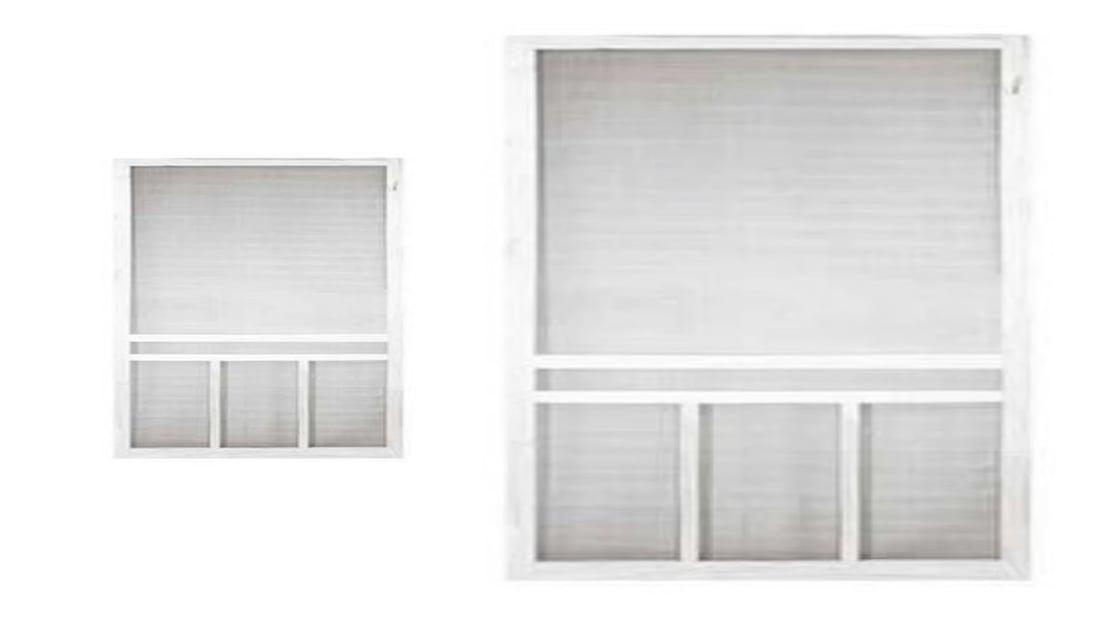Understanding Thermal Efficiency
Thermal Efficiency in Modern Design refers to the ability of a building or structure to maintain a stable temperature while minimizing energy consumption. This concept is crucial in sustainable architecture and plays a significant role in reducing the carbon footprint of a building. By optimizing thermal efficiency, architects and designers can create spaces that are comfortable, energy-efficient, and environmentally friendly.
Factors Impacting Thermal Efficiency
Several factors can influence the thermal efficiency of a building, including insulation materials, window placement, building orientation, and heating and cooling systems. Designing with these factors in mind can greatly improve the overall energy performance of a structure and reduce the need for artificial heating and cooling.
The Role of Insulation
Insulation is a key component of thermal efficiency in modern design. High-quality insulation materials, such as spray foam or cellulose, can help prevent heat loss in the winter and heat gain in the summer. Properly insulating walls, floors, and roofs can significantly reduce energy costs and improve comfort levels inside a building.
Maximizing Natural Light
Incorporating natural light into a building's design can enhance its thermal efficiency. Strategically placing windows, skylights, and light wells can help reduce the need for artificial lighting and heating during the day. Natural light not only improves energy efficiency but also creates a healthier and more productive indoor environment.
Energy-Efficient Heating and Cooling Systems
Utilizing energy-efficient heating and cooling systems is essential for optimizing thermal efficiency in modern design. Technologies such as heat pumps, radiant heating, and smart thermostats can help regulate indoor temperatures effectively while reducing energy consumption. Choosing the right heating and cooling system is crucial for achieving sustainable and eco-friendly building operation.
Passive Solar Design Strategies
Passive solar design strategies can play a significant role in enhancing the thermal efficiency of a building. By incorporating elements such as south-facing windows, thermal mass, and shading devices, designers can harness the sun's energy to naturally heat and cool a space. Passive solar design can reduce the reliance on mechanical heating and cooling systems, leading to energy savings and environmental benefits.
Green Roofs and Living Walls
Green roofs and living walls are innovative solutions that can improve the thermal efficiency of a building. These features not only provide insulation and reduce heat absorption but also help mitigate the urban heat island effect. Green roofs and living walls contribute to a building's overall sustainability by promoting biodiversity, reducing stormwater runoff, and enhancing aesthetic appeal.
Building Energy Modeling
Building energy modeling is a valuable tool for assessing and optimizing thermal efficiency in modern design. By simulating a building's energy consumption, designers can identify potential areas for improvement and test different design strategies. Building energy modeling helps architects make informed decisions that lead to energy-efficient and environmentally friendly buildings.
Regulatory Standards and Certifications
Regulatory standards and certifications, such as LEED (Leadership in Energy and Environmental Design), play a crucial role in promoting thermal efficiency in modern design. These standards set guidelines for sustainable building practices, including energy performance, indoor air quality, and resource conservation. Designing buildings to meet or exceed these standards can help reduce environmental impact and enhance occupant comfort.
Benefits of Thermal Efficiency in Modern Design
In conclusion, prioritizing thermal efficiency in modern design offers a wide range of benefits, including reduced energy costs, improved comfort, and environmental sustainability. By incorporating energy-efficient strategies and technologies, architects and designers can create buildings that are not only aesthetically pleasing but also resilient, healthy, and eco-friendly.

